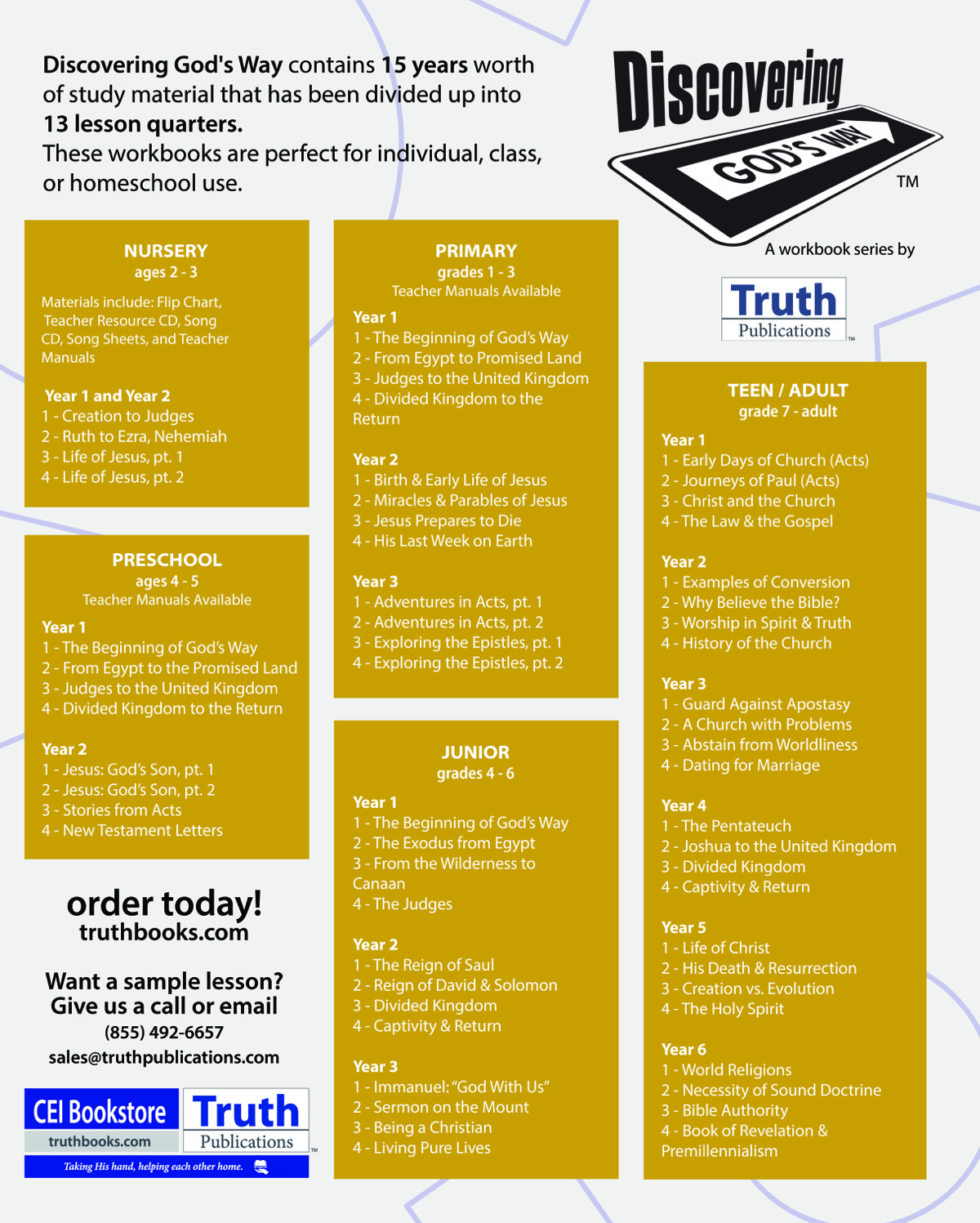
by Trent and Rebekah Dutton
Synopsis: Caesarea Maritima is a prominent site of New Testament interest and holds exquisite examples of first-century Roman architecture.
As the pandemic wanes in prominence and travelers are returning abroad, and as the original intent of our article series was to hit the high points of Israel, we have to stop somewhere. That somewhere is Caesarea by the Sea, or Caesarea Maritima, as you may see it named.
Caesarea is a cornerstone of New Testament events. Try reading through the book of Acts and not travel to Caesarea. Philip travels there after baptizing the Ethiopian eunuch, Cornelius is there, Herod Agrippa I was struck down in the city, Paul lands there at the end of his second and third journeys, and he was sent there again after being arrested. It was there that Paul testified before Festus and Herod Agrippa II.
From the historical and archaeological perspective, this site is a treasure trove, particularly for the first centuries of both B.C. and A.D. This is due to Caesarea being a harbor. If you are familiar with the coastline of Israel, there is one item not common: natural harbors. The straight-line currents moving past the shores of Israel create a coastline of beautiful beaches and few inlets. In early antiquity, there were still port cities that developed and thrived over time, but they had no real harbors. Instead, ships, depending on their size and configuration, would often “dock” offshore and ferry cargo ashore in smaller boats, or run the ship aground in a controlled manner. Port cities such as Tyre and Acre (Acco) were the exception in the region, where the coastline provided a slight harbor.
Port cities on the Mediterranean were centers of interest and power in the eyes of regional ruling nations. Why? Any port city was a trading point. Via taxation and regulating the flow of goods, nations could enrich themselves by controlling these ports. Many ports in on the eastern coast of the Mediterranean served this purpose. Alexandria, Ashkelon, Joppa, Caesarea, Tyre, and Sidon. Each of these cities, and Tyre in particular, also served as gateways to the east, not just into the Levant, but into Persia and beyond.
Caesarea was built near a deserted Ptolemaic (Ancient Greek State) trade station known as Straton’s Tower. Its history begins with Rome and King Herod—-being built as a military stronghold and significant harbor for the Roman-controlled kingdom of Judah. Caesarea was important for trade, but it also served as a show of power. In typical Roman and King Herod fashion, Caesarea was built on a large and impressive scale. Using the most advanced methods of the time and with imported materials, he had had breakwaters constructed of material that hardened into concrete under the water. Another advanced Roman feature was aqueducts. Multiple aqueducts served the city, with some having their source as far away as the southern slopes of Mount Carmel.
While the primary jetties of the Caesarea harbor did not remain above sea level past antiquity, this port in its time provided a location for Herod to build a Roman city with palaces and baths as well as a theatre, amphitheater, agora, hippodrome, and temples. Later, Roman governors would also use the city as a base of operations, and it became a Roman colony under Vespasian. One of the most well-known governors of Caesarea was Pontius Pilate. A famous inscription known as the Pilate Stone was discovered at Caesarea Maritima—part of which reads, “Pontus Pilate,” “prefect of Judea.”
When visiting this site, like the others in this series, there is much to see and process in the context of the biblical narrative. This site is one of great value for events in the New Testament and the first centuries. Maybe most prominent for us, is that it was the location where God’s plan of salvation was first delivered to all via the message to Cornelius. 
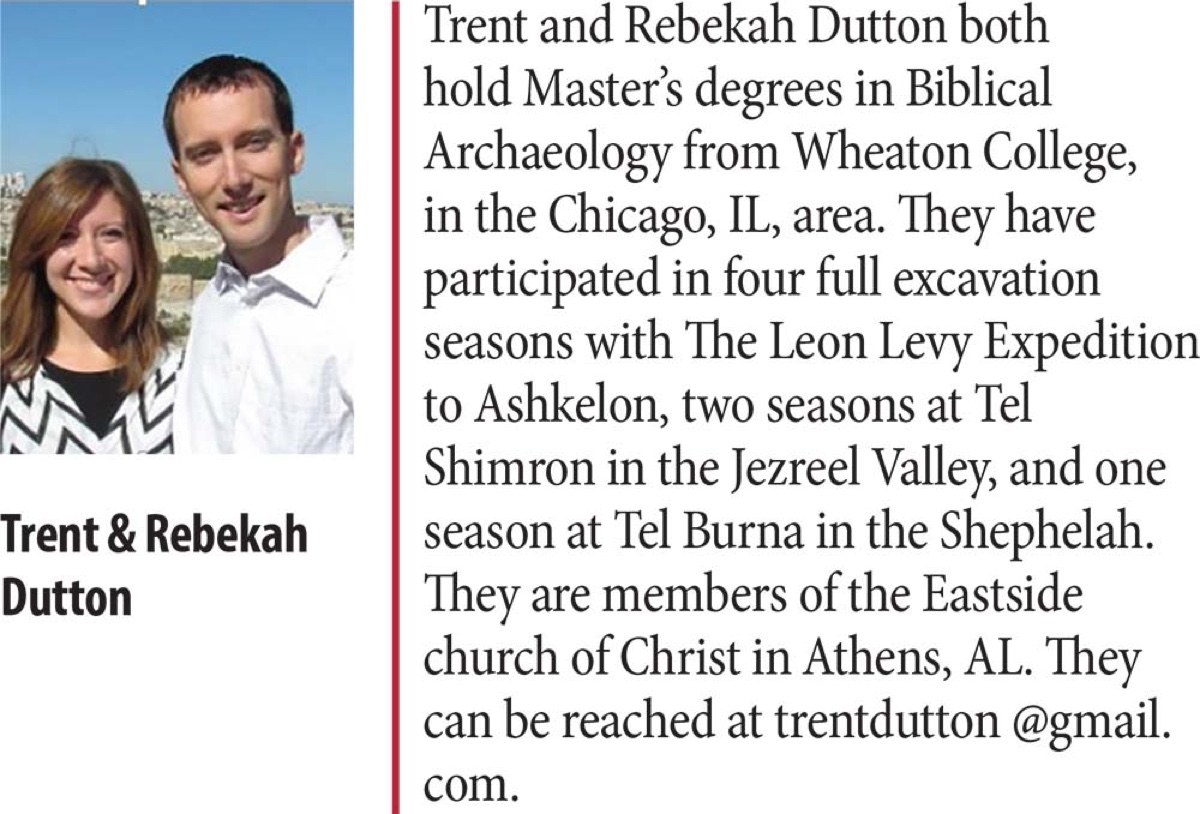
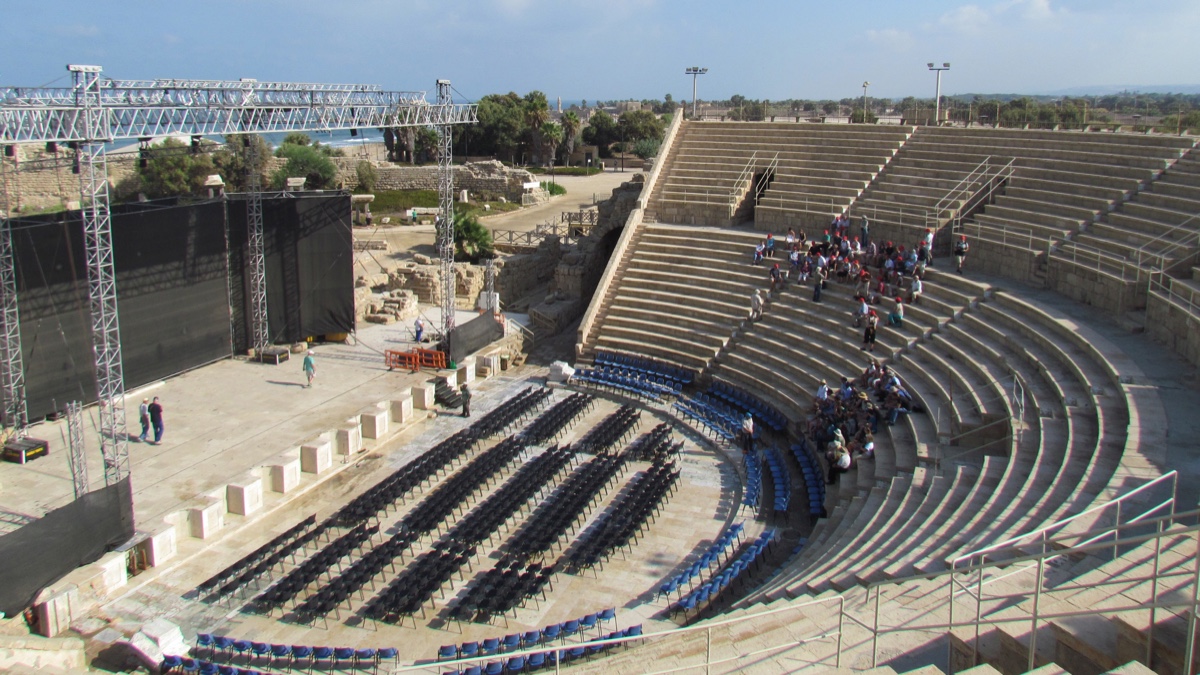
Image-1 Caption: Theatre at Caesarea, reconstructed and occasionally configured for modern events, as shown here
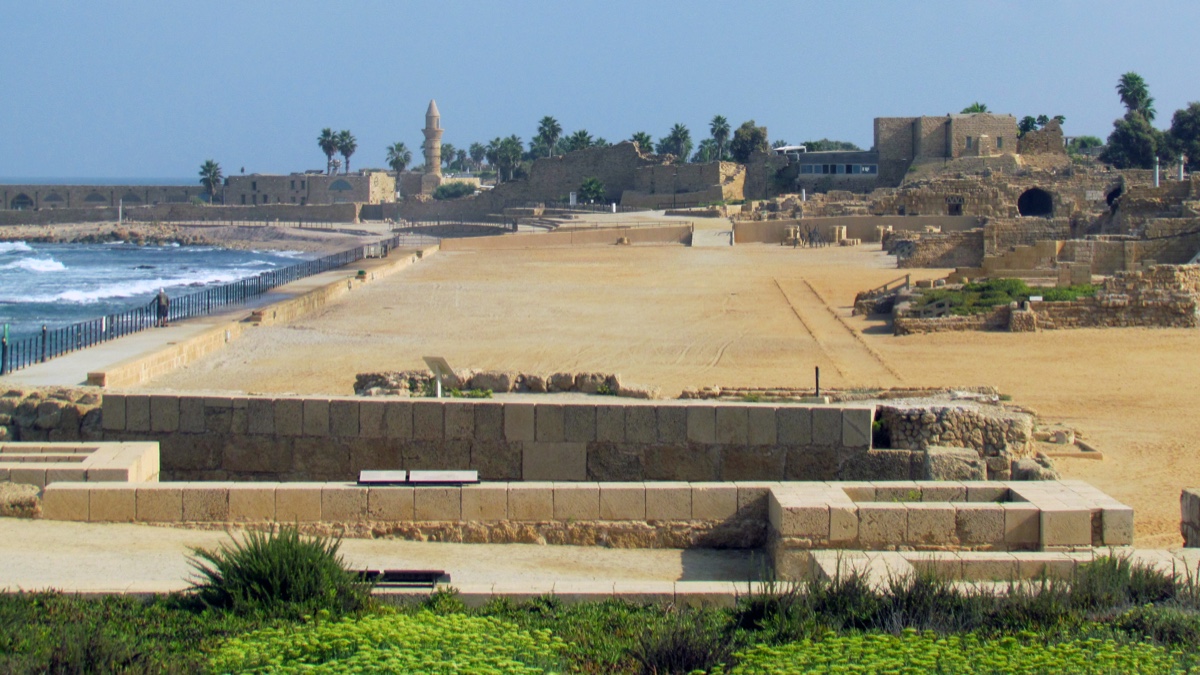
Image-2 Caption: The hippodrome at Caesarea, site of horse and chariot races
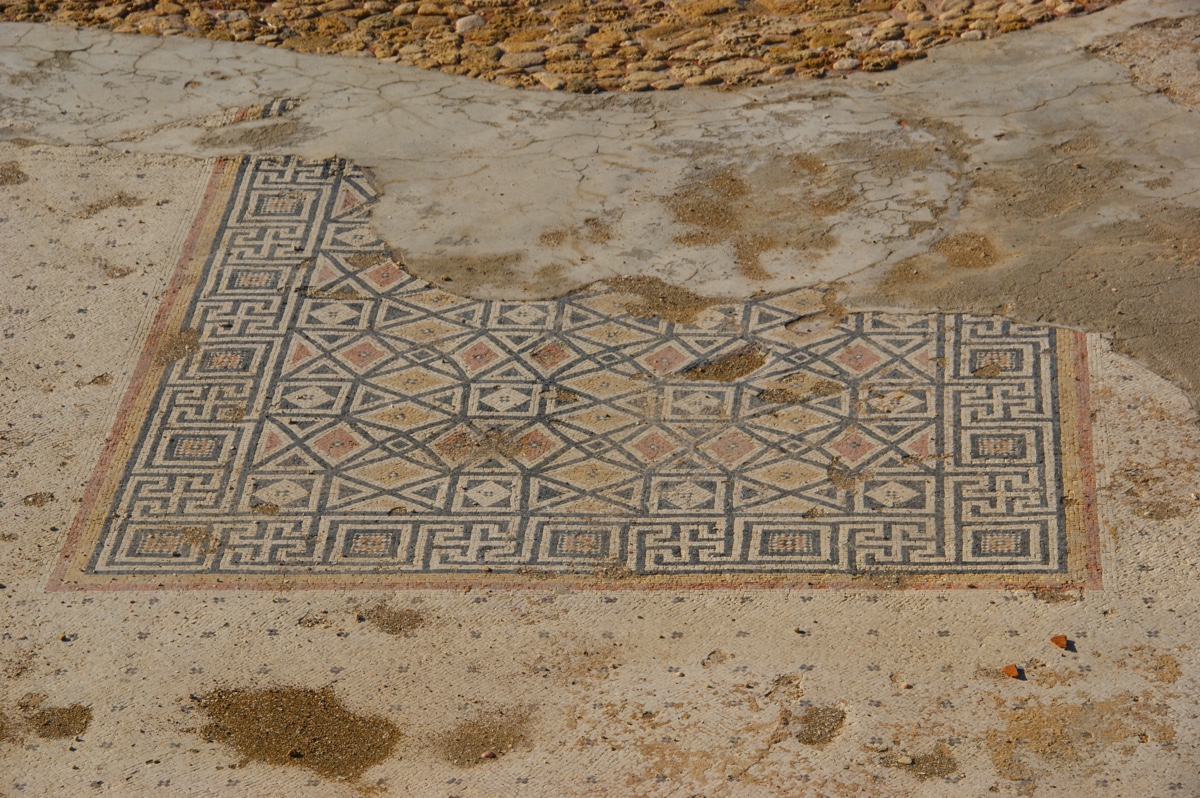
Image-3 Caption: Mosaic floors
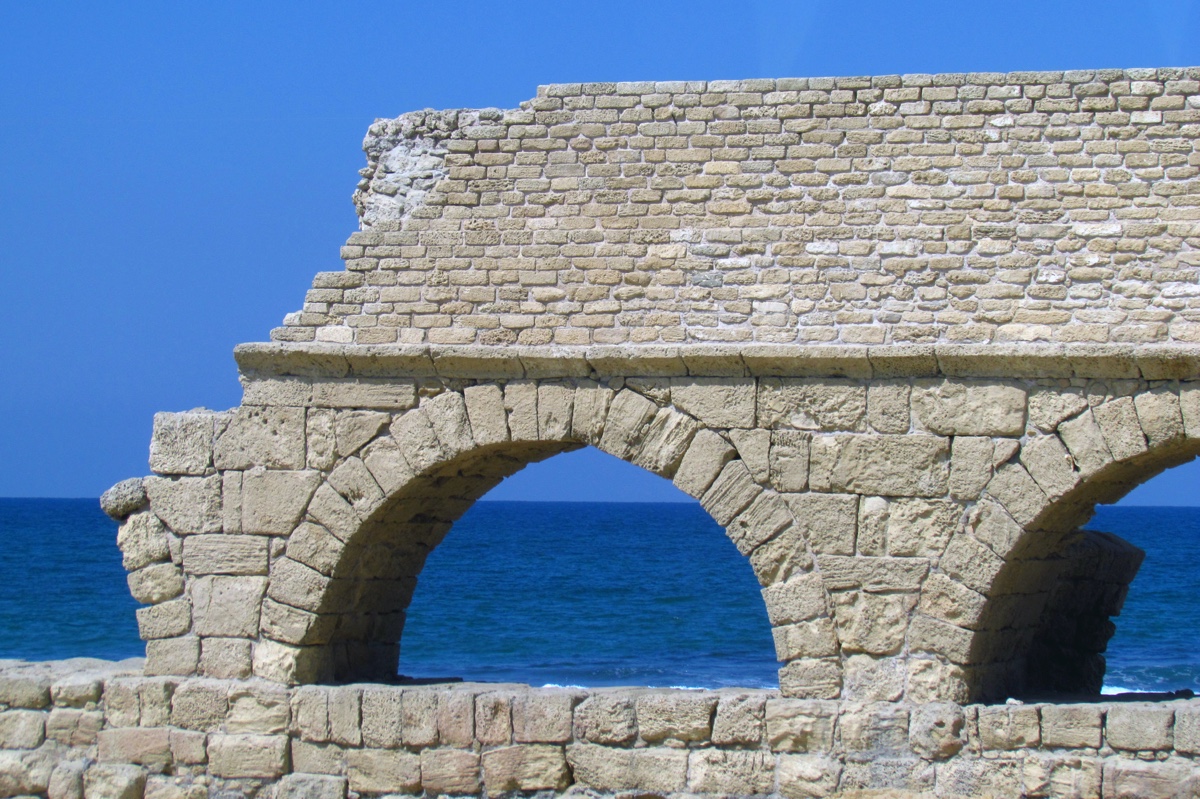
Image-4 Caption: Caesarea was served by multiple aqueducts

